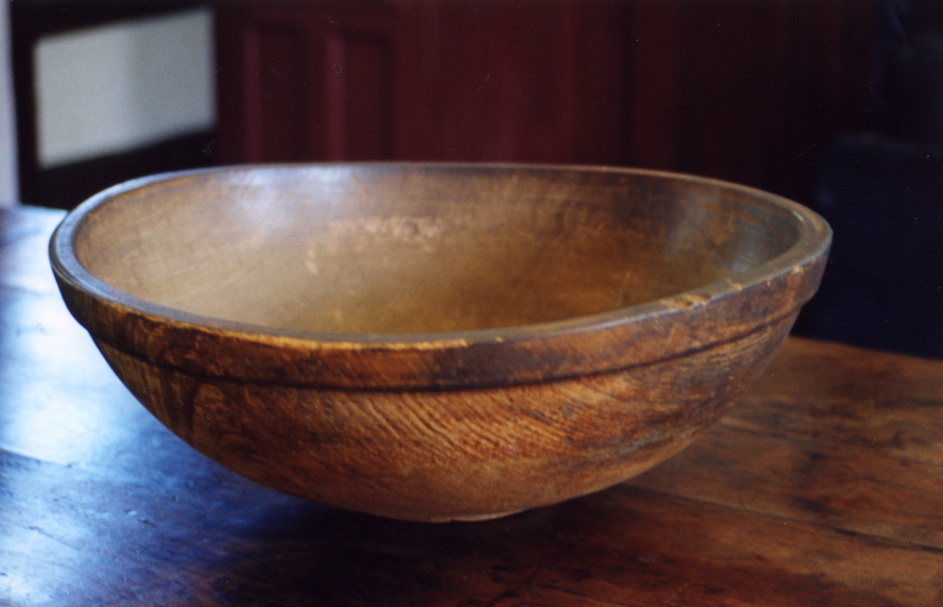EDITOR’s NOTE: Regular readers of our online magazine know Tom Stella’s work from our coverage of his earlier books CPR for the Soul (here’s our 2018 column about that book) and Finding God Beyond Religion (here’s our 2013 column). After many years serving as a Catholic priest, Stella refocused his vocation as a spiritual counselor and chaplain to individuals and groups. As the years have passed, his concept of the Divine has grown beyond traditional religious boundary lines—even as his spiritual advice to us has become ever-more practical. Now in his 70s, Tom’s new book is 11 chapters packed with hard-earned wisdom with chapter-titles that include: Life Is Not a One-Piece Puzzle and We Are More Than Our Limp. With Tom’s permission we are sharing here an abridged version of one of the book’s richest chapters: Pain Is Inevitable—Suffering Is an Option. We urge you to order a copy of Tom’s book, please, and share it with friends.
Pain Is Inevitable, Suffering Is an Option
By TOM STELLA
An abridged version of Chapter 5
from In Sync with the Sacred, Out of Step with the World
“Life is difficult” is the first sentence of psychiatrist M. Scott Peck’s book The Road Less Traveled. This statement is both undeniably true and universally experienced. Along with being wonderful, exciting, fulfilling and gratifying, life is also difficult. Life can be challenging and exasperating. More often than not, life tries our patience and tests our faith. Whether we’re talking about physical, mental, emotional or spiritual matters, life can be unfair, maddening and heartbreaking. Life is difficult, and pain is inevitable.
The generally accepted understanding of suffering is that it is pain on steroids. When we say someone suffers from migraines, cancer, Alzheimer’s or depression, we usually mean their pain is intense, prolonged and possibly chronic. However, when I use the word suffer here, I’m not referring to pain writ large, but to its meaning in the Latin sufferre, which means to “bear up” or “to endure.” Suffering in this sense refers to how we carry our pain. We can resist the reality of our pain and resent its causes and consequences, or we can embrace it.
Pain may be inevitable, but we can choose how we deal with it; we can do so grudgingly or gracefully, though I know the latter is a bit of a stretch. As a hospital and hospice chaplain, I have witnessed both kinds of suffering in patients who experience physical pain. Some carry their pain with dignity, not denying or minimizing it, and not allowing it to sour their attitude or the manner in which they relate to medical staff, or to their family and friends. Others, some of whom are actually in less acute pain, both resist and resent their condition thus becoming a pain to themselves and to others.
As a priest, counsellor and spiritual director, I have also observed the different ways people deal with non-somatic pain. The distress of loss and loneliness is no picnic. A heartache is every bit as real as a headache. The spiritual pain known as the “dark night of the soul” is a dis-ease as palpable as any other.
In all of these situations, it can be a good thing to express one’s anger and frustration at no longer feeling whole and healthy, but some turn this phase of the grieving process into a lifestyle. People can become identified with their pain; they become their anger and, as a result, they end up being bitter. Others, those who carry their pain well, allow it to teach them about life and about their need to rely on other people, and maybe also on a Higher/Inner Power.
ATTITUDE AND FAITH
What makes it possible to accept our pain rather than rail against it? What gives us the courage to maintain a positive attitude in the face of physical, emotional or spiritual pain? For a great many people, faith can be a difference maker. For some people, it is the traditional religious belief that those who experience pain and sorrow now will be rewarded in the life to come. Whether this is true or even good theology is debatable, but this belief can give meaning to a life of pain which, in turn, can help make it bearable. Those who hold to this conviction often point to the Beatitudes for biblical confirmation: “Blessed are those who mourn, for they shall be comforted.” (Matthew 5:4)
But there is another expression of faith that can result in the same ability to suffer well the pain tha comes our way. This faith has nothing to do with an afterlife, but everything to do with the rewards of living with integrity here and now. This kind of faith is not about believing in a ‘just’ God, or in some sort of quid pro quo exchange of present pain for future bliss. Rather, I am speaking of faith as a conviction that our deepest pain has the potential, the power, to bring new life.
The acceptance of pain I am describing is not masochism; it does not mean we would rather know pain than pleasure, or sorrow than joy. Facing pain means we are open to experiencing everything that being wedded to the world entails, the good times and the bad, the easy times and the difficult times.
Novelist and social critic James Baldwin says, “Not everything that is faced can be changed, but nothing can be changed until it is faced.” Whether or not painful circumstances can be changed, our best option is to move toward our pain. Try to relax into the bodily ache. Confront the discomfort of a strained relationship. Sit still in the abyss of loneliness. Allow the doubt and the darkness that blankets the soul from time to time to have its day. It is amazing how pain, though still present, becomes more tolerable when we suffer it well.
A friend once told me that, in his experience, although pain that is embraced doesn’t go away, “something shifts.” He couldn’t describe the “something,” and he couldn’t pinpoint exactly what he meant by the word “shifts,” but he was clear that when he stopped resisting the pain it became less painful and easier to bear.
SUFFERING THE PAIN OF OTHERS
How we choose to suffer our own pain makes it more or less difficult to bear. But we also have an option when it comes to dealing with the pain of others. We can attempt to cure them, or we can attempt to care for them; that is, we can accompany them in their suffering. Of course, this may not be an either/or matter—but we can be caring at the same time that we administer healing balms, physical or otherwise.
When a cure is not possible, however, when there is no hope for recovery in sight, when everything that can be done has been done to alleviate pain and to facilitate health, there is still another option that can be helpful—this is the way of compassion.
From the Latin cum pati, compassion means “to suffer with.” When we are truly present to those who are in pain, when we don’t try to minimize or spiritualize what they are feeling but instead acknowledge the fear and anger that often arise in the face of hopelessness, helplessness and distress, our understanding and willingness to share their pain can be transformative. It has been said that shared joy is increased, and shared pain is lessened Sharing the pain of others can lighten their load and enable them to suffer it more gracefully, for they then have the consoling and sustaining realization that they are not alone.
It is nothing less than courageous to accompany a person in the midst of pain that cannot be cured. Caregivers who attend to the needs of the seriously or terminally ill often do so at the cost of their own health. They also do so at the cost of their convenience. I witnessed this first-hand as my mother cared for my father in the last years of his life, and as my sister cared for our dying mother. Caring for another is a grueling experience physically and emotionally, but the rewards are worth the cost, for we usually receive more than we give—a truth that is often realized only in retrospect.
“Shit happens” is a not-so-delicate way of saying life is difficult. But in the midst of life’s travails there is a way to navigate that makes pain bearable; we can choose to suffer it. We respond to the sacred whenever we choose this path; and, whenever we embrace life’s difficult times with faith, we discover that they are often the font from which comes new life.
.
Care to Read More?
GET THE BOOK—We urge you to order a copy of Tom’s book, please, and share it with friends.
REQUEST TOM’S OCCASIONAL COLUMNS, which he writes as part of his ongoing chaplaincy work. Tom is comfortable providing a direct email address: [email protected] Email him and request these columns. He will add you to the list. You’ll be glad you did! (Don’t worry. This is an emailed series of columns that Tom writes and personally distributes about twice a month. You can cancel anytime.)
.
.



